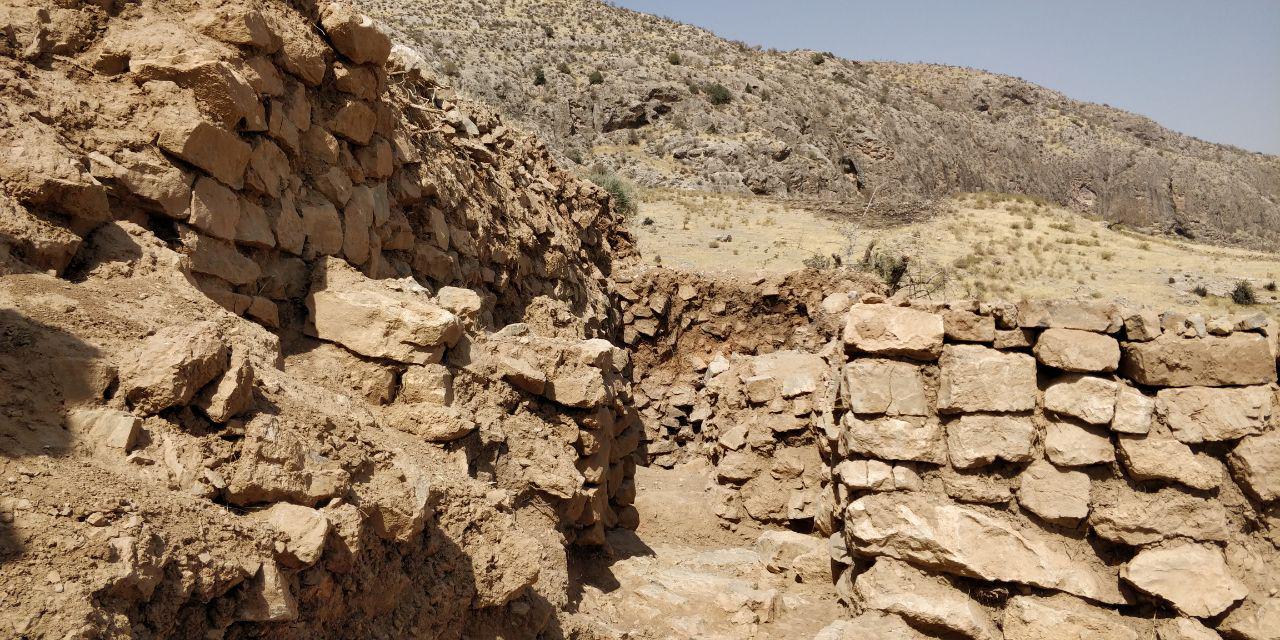As we reported earlier, the Art and Culture Development Foundation under the Ministry of Culture of Uzbekistan plans to hold an exhibition in Berlin in 2022, which will be held at the James Simon Gallery. In this regard, representatives of the Museum of the Prehistoric Period and Early History arrived in Uzbekistan on a return visit.
Recall that between the Foundation and the State Museums of Berlin on January 16, 2019, a Memorandum of Understanding was signed. The memorandum was signed as part of a series of cultural and humanitarian events dedicated to the summit visit to Germany in January 2018. This document provides for the holding of an exhibition in Berlin in 2022. The purpose of the exhibition is to demonstrate the history of the early states (VI century BC - IV century AD) in Central Asia, located in the territory of modern Uzbekistan.
In preparation for the exhibition, from September 22 to 27, a delegation from the Museum of Prehistoric and Early History of Berlin arrived in Tashkent, which included: Museum Director Matias Wemhoff, Exhibition Curator Manfred Navrot, and Andreas Savall, Director of the Short Film for the exhibition.
During the trip, the delegation visited the State Museum of History of Uzbekistan and the Institute of Art Studies of the Academy of Sciences of the Republic of Uzbekistan in Tashkent, and made extensive trips to the Surkhandarya region. Among the places that specialists from Germany managed to visit were: Fayaztepa, Karatepa and Chingiztepa fortifications, Alexandria Oksianskaya, Kampirtepa fortification, Uzundara fortress, as well as Khalchayan and Dalverzintep fortifications.
Manfred Navrot, curator of the exhibition “The Heritage of Central Asia: Kushan Civilization”, chief curator for research projects in Eastern Europe and Russia at the Berlin State Museums said:
"The purpose of our trip was to visit the archaeological sites in Termez, which are important to study during the preparation for the exhibition in Berlin. Also, we held several negotiations with partners from Uzbekistan for further planning of the exhibition. We managed to visit important locations, among which were ancient fortifications, as well as the Hellenistic period fortifications in Uzundara and Kurganzole located in the mountains, as well as fortifications of the Kushan period, such as Fayaztepa, Karatepa, Dalverzintepa and Khalchayan. All these places will play an important role in creating the exhibition. A visit to archaeological sites is necessary for us in order to begin planning the staged concept of the exhibition. Our work is proceeding systematically and I am grateful to the Foundation for organizing the trip and building partnerships. At the next visit, it will be important for us to discuss the choice of exhibits, the concept of the exhibition, and of course it will be necessary to visit a number of archaeological sites.”



